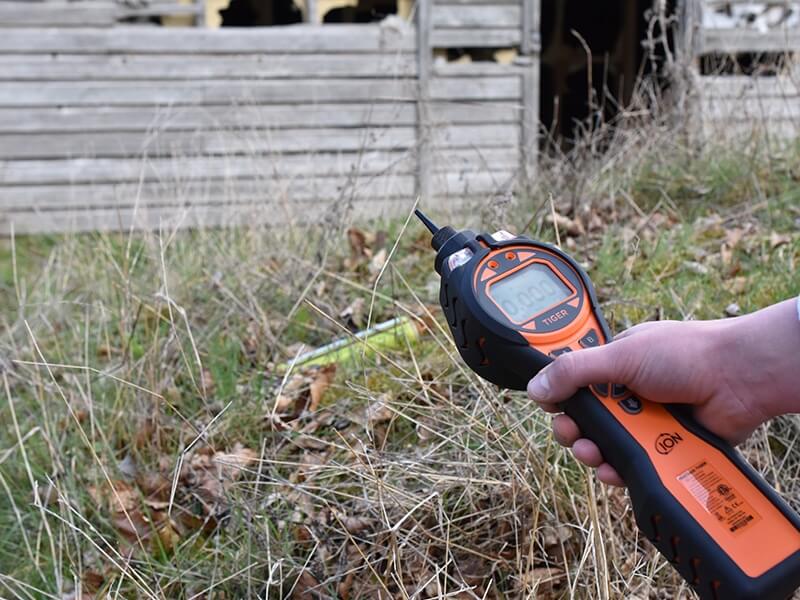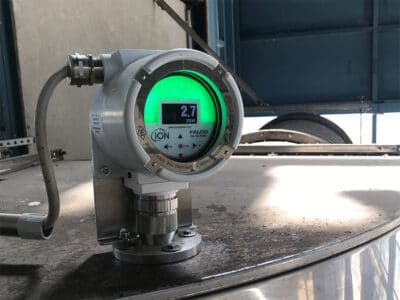
Building on a legacy of photoionisation detectors
6th August 2020
From the 1970s to the present day, photoionisation detectors (PIDs) have been at the front line of efforts to detect volatile organic compounds. As industrial hygiene has become ever more important and exposure limits for VOCs have reduced, PID technology has continued to develop, providing reliable detection under challenging environmental conditions at concentrations right down to below 10 parts per billion.
In the early 1970s it was realised that vinyl chloride, the precursor to PVC, was responsible for an elevated incidence of liver cancer among employees at vinyl chloride plants, exposure levels that had been set at 500 ppm were quickly reduced in response to the threat. Finding a reliable detector for the compound was paramount.
The process to produce vinyl chloride starts with either natural gas (predominantly methane) or acetylene. In the 1970s the technology available to detect and measure vinyl chloride was the Century OVA 128, a portable FID (flame ionisation detector), but this also responded to natural gas and acetylene, making reliable detection of vinyl chloride a challenge at the more stringent levels proposed. A detector was needed that exhibited no light hydrocarbon interference.
Around the same time, Jack Driscoll of fledgling HNU systems was developing a continuous photoionisation detectors (PID) for the detection of NO in the ambient environment. A key benefit of Driscoll’s development was its non- response to methane and acetylene. A simple test with a vinyl chloride source demonstrated the instrument’s capability as a detector of this hazardous compound with little or no response to methane. A hand-held prototype was produced and adopted almost immediately as the standard for vinyl chloride detection. The HNU PI101 became required technology for the BF Goodrich PVC process licensed by most manufacturers. Exposure limits were dropped to 1ppm, and an NHU PI101 – the first photoionisation detector, developed in 1974.
By 1974 HNU was shipping units around the world and soon PID was challenging FID for the leading role in VOC detection. It was immediately apparent that PID could detect many other VOCs and so the concept of response factors was developed. The first table of PID response factors soon appeared in the PI101 manual. Improvements to early PIDs included the use of a Teflon screen to minimise the photo-electron effect that introduced spurious background signals, the development of lamps with differing energy outputs, and the use of isobutylene as the universal calibration gas. Later, the microprocessor added greatly to the functionality of PID, allowing for data logging and TWA and STEL calculations.

Since its foundation in 1989, ION Science has driven the development of PID technology, and now offers the industry the widest range of products and the most effective solutions. ION’s PIDs are now acknowledged to perform better than any in the industry.
For more information on PID gas detectors, please contact us on:
or telephone: +44 (0) 1763 208 503.
Application Article
Everything you need to know about building on a legacy of photoionisation detectors
Our Application Articles are available to download below, they provide you with key information on the exposure limits and the locations of where potentially harmful gases can occur within your application and share information on the gas detection monitoring techniques and equipment that can help you manage gas detection in the workplace.

Related Application Articles
Download your copy of the Application Article
Please complete the form below to download the Application Article.












